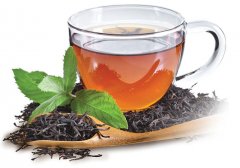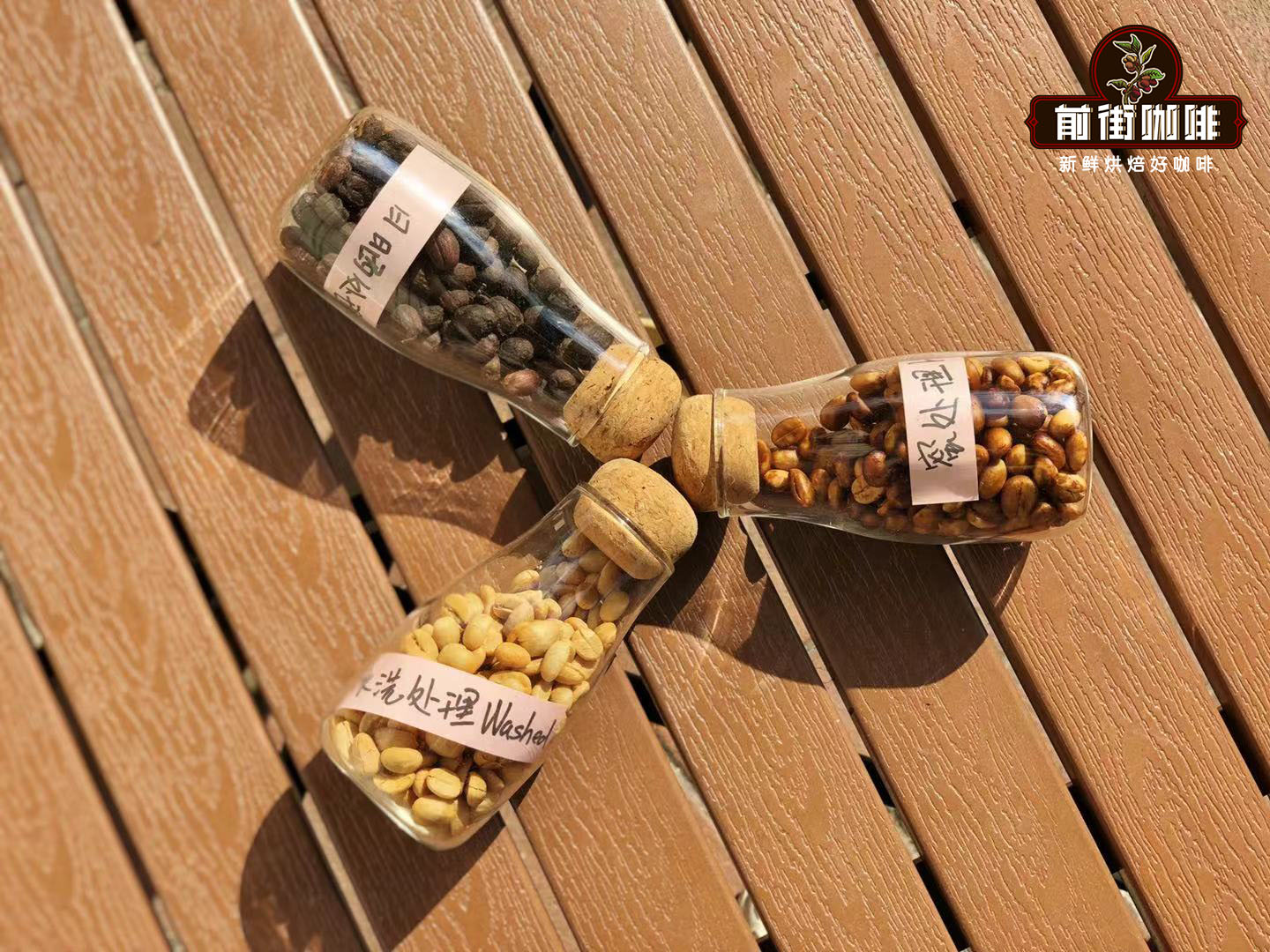What's the difference between black tea and oolong tea? Would you like oolong tea or black tea? Which is more expensive?
Ceylon tea, like other "real" teas, comes from a tea tree called camellia. But what distinguishes black tea from other teas is the way it is processed.
Green tea is steamed but not oxidized, white tea and oolong tea are only partially oxidized, and black tea is fully oxidized. After picking, the leaves of the tea tree wither, roll up, ferment for several hours, and finally the black tea is dried and packaged into different shapes and sizes.
This unique processing method is actually the reason why Ceylon black tea tastes stronger and more fragrant. The way Ceylon tea is packaged is another reason for its long-lasting aroma, making it an excellent export and shipping product.
There are several kinds of black tea. The main difference lies in the place or region where tea trees are grown. Like the wine regions of France, Australia and California, black tea from one region has subtle differences in characteristics from black tea grown elsewhere. Because of this, black tea types are often named after their place of origin so that they are easier to identify by association.
An important back tea is Ceylon Black Tea, grown on an island of the same name in Sri Lanka, where extreme weather and rustic nature are an important part of its unique taste.

Before Ceylon became a tea growing area, it was first a coffee area. Coffee cultivation in Sri Lanka began in the 19th century, about three centuries after the Portugal first landed in search of spices. In 1837, Sri Lanka had a coffee history of 4000 acres on Ceylon Island alone, promoting coffee trade and exports in the British colony at that time. Nearly four decades later, however, coffee cultivation in Sri Lanka suffered a huge setback and could never recover.
In early 1865, coffee growers in Ceylon noticed the emergence of a leaf fungus that caused the leaves to die, dropping the dreaded Hemileia vastatrix or devastating Emily. There was a time when growers planted faster to overcome it, but to no avail. By 1867, growers were focusing on tea and began growing it in the field rather than in experiments. This reversal was dramatic, Sir Arthur Conan Doyle wrote in his De Profontes:
Those were the royal era of Ceylon coffee cultivation, where a single season and a decaying fungus drove entire communities through years of despair to pluck and wisdom to win one of the greatest commercial victories. When a great industry withers, it is not always with such a heart that another equally rich industry takes its place in a few years. Ceylon's tea fields are like the lions of Waterloo, a true monument to courage.
The first cups of Ceylon tea produced in the 1860s were rolled up by hand or arm on the floor or table of a bungalow balcony and then fired over a charcoal fire. The resulting Ceylon Black Tea is a fruity, slightly smoky drink.
In recent years, Ceylon black tea has been processed by developing machines, but many still use traditional methods. Lumbini Tea Valley is now the leader in the Sri Lanka specialty tea market. Sinharaja wire iry Tips is one of the most famous teas in the world. In fact, it is the most precious tea in the world.
Important Notice :
前街咖啡 FrontStreet Coffee has moved to new addredd:
FrontStreet Coffee Address: 315,Donghua East Road,GuangZhou
Tel:020 38364473
- Prev

What brand of seasoned black tea tastes good? Guide to the correct blending methods and steps of seasoned black tea
For decades, tea has been widely studied, whether it is flavored black tea, oolong tea, green tea or white tea. The same research has confirmed that drinking green tea and its fermented cousin, flavored black tea has many health benefits. Now, people are more aware than ever that flavored black tea is not only a delicious tea, but also may become a dietary rule. Classic and lovely
- Next

Basic knowledge of coffee: coffee bean treatment method single coffee bean washing sun honey treatment taste difference
"is it all right to wash the coffee beans? "" is it all right to take the coffee beans to the sun? "" is the coffee bean honey added to the honey treatment? "the significance of the coffee bean treatment method the coffee bean itself is the core part of the coffee berry. The purpose of coffee treatment is to remove the skin, pulp and pectin stickiness of the berry without damaging the coffee bean as much as possible.
Related
- Beginners will see the "Coffee pull flower" guide!
- What is the difference between ice blog purified milk and ordinary milk coffee?
- Why is the Philippines the largest producer of crops in Liberia?
- For coffee extraction, should the fine powder be retained?
- How does extracted espresso fill pressed powder? How much strength does it take to press the powder?
- How to make jasmine cold extract coffee? Is the jasmine + latte good?
- Will this little toy really make the coffee taste better? How does Lily Drip affect coffee extraction?
- Will the action of slapping the filter cup also affect coffee extraction?
- What's the difference between powder-to-water ratio and powder-to-liquid ratio?
- What is the Ethiopian local species? What does it have to do with Heirloom native species?

